Sport
Dollar
42,2134
0.24 %Euro
48,8967
0.3 %Gram Gold
5.430,7100
0.77 %Quarter Gold
9.213,2100
0.59 %Silver
65,6700
0.98 %Kenyan surgeons achieve a groundbreaking milestone in nerve rerouting, restoring sensation to an amputee’s missing hand to redefine the future of reconstructive surgery.
How Kenyan surgeons restored sensation amputated arm in world’s first
Moses Mwendwa woke up from surgery and subconsciously reached for his arm sling, a habit he had developed since suffering the freak injury that landed him in hospital.
His hand found nothing. Then the horrifying realisation hit.
"Where is my hand?" Moses cried out, stumbling out of bed in panic to confront the medical team at Nairobi’s Kenyatta National Hospital.
Just weeks earlier, the 22-year-old software engineering student had been celebrating New Year’s Eve at his local church in the Kenyan capital, his voice joining the countdown chorus as “2025” flashed on large screens.
It had been an epic night. The evening built up to a rousing climax, and the future seemed full of promise.
Little did Moses know what was to follow. Barely two weeks later, as he was leaving, the young man tripped and fell down the church stairs.
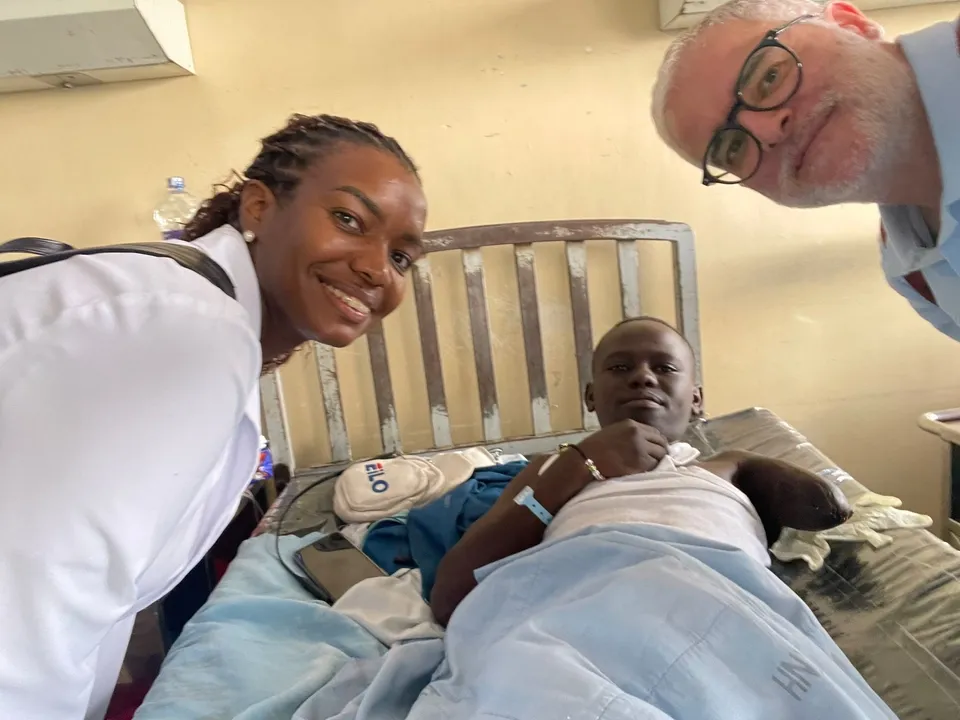
It didn’t look bad then, but what started as bearable pain in his left arm due to a seemingly trivial injury would soon spiral into something unimaginable.
Two hospitals told Moses that his injured arm was fine. X-rays showed no breaks. By Day 3, excruciating pain, swelling and alarming discolouration told a different story.
"I wished to cook, but I couldn't. I needed to wash my clothes, but I couldn't," Moses recalls, his voice shaking at the memory of those days.
His mother rushed him to Kenyatta National Hospital, where doctors discovered life-threatening compartment syndrome, a condition in which rising internal pressure cuts off blood flow.
Amputation was the only option to save his life, the medical team said.
Moses was booked for two surgeries, five days apart, although he wouldn’t know until he woke up disoriented that his life had changed in more ways than he could imagine.
Losing his hand was just the beginning of Moses's ordeal. Soon, he would experience something that defied logic – excruciating pain in an arm that no longer existed.
"I would tell someone that I felt pain in my hand, but they wouldn't get it," he says of the daily torture. "It caused me severe headaches. Often, there was nothing left for me to do except cry.”
The doctors knew what they were dealing with, but Moses’s agony was difficult to reconcile with even for seasoned professionals.
“Only an amputee can understand what phantom limb pain is like. The amputee feels pain, hot, cold, touch, etc, in a part of their body that is gone for good,” Kenyatta National Hospital’s head of plastic and reconstructive surgery, Dr Benjamin Wabwire, tells TRT Afrika.
Doctors explain that phantom pain is usually a result of dismembered nerve fibres sending messages following stimulation of the stump through changes in environmental temperature, touch, movement or injury. The brain interprets this as pain.
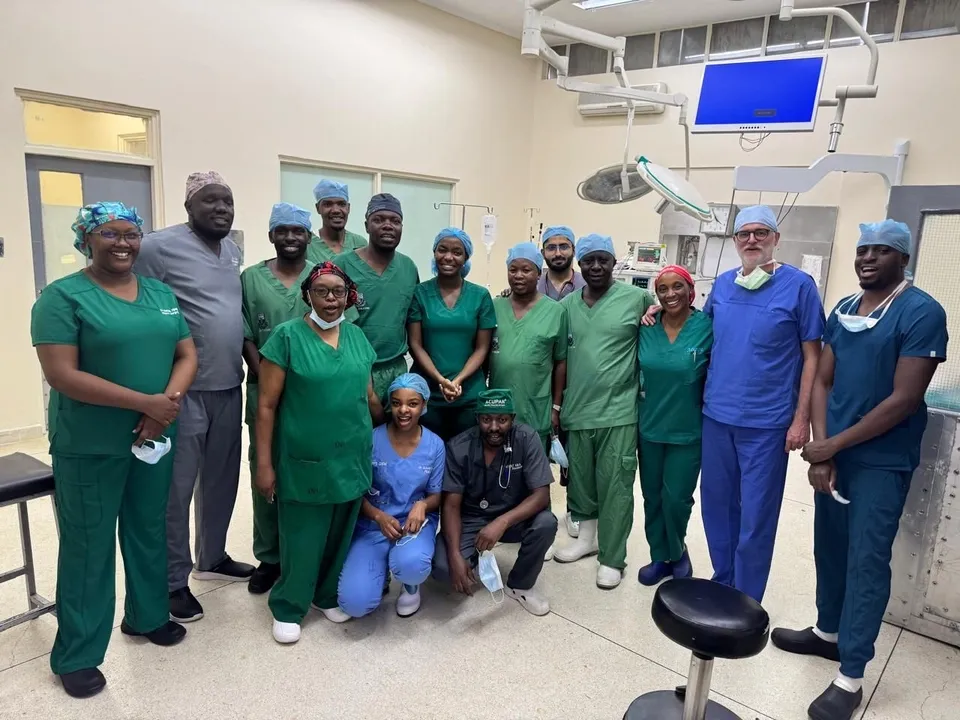
Road to healing
As he recovered physically, Moses went through the usual cycle of depression, anger, loss of self-esteem and regret, among other emotions.
"I was a southpaw, using my left hand for writing and almost everything else,” he says. "Life lost all meaning for me. Yes, the pain was gone, but I didn’t have my hand. I had a lot of questions on how to start living again; some remain unanswered to date."
Amid the spate of suffering, there was a sliver of hope when Moses was invited to join Kenyatta National Hospital's first Targeted Sensory Reinnervation (TSR) camp. If successful, he would become the world’s first amputee to undergo a transhumeral TSR procedure.
"It was the first time anyone was doing sensory reinnervation for an amputation above the elbow joint," Dr Wabwire tells TRT Afrika.
TSR, an advanced surgical technique, reroutes nerves from an amputated limb to the remaining skin, creating a "sensory map" that allows the brain to perceive touch, temperature and pain, as if originating from the missing limb.
As the brain retains the memory of the hand map, the sensory impulse from the skin of the stump registers in the brain, as if it were coming from the amputated part.
Moses’s groundbreaking surgery would keep a team of six surgeons, nurses and anaesthetists in the theatre for seven hours. They knew the procedure was successful when the young man began experiencing sensations in his phantom hand.
"I don’t feel pain anymore, and my thoughts are settled,” a relieved Moses tells TRT Afrika.
Dr Wabwire explains that once the nerve reconnected with the skin sensory organs, the false (phantom) messages that used to go to the brain stopped. "This achievement is not just a medical breakthrough; it’s a restoration of dignity, function, and hope."
Innovation spells hope
Kenyatta National Hospital’s chief executive officer, Dr. Evanson N. Kamuri, says the successful operation has further raised the profile of Kenya’s largest referral facility as a regional and global leader in medical innovation.
“The achievement demonstrated that world-class innovations can and do happen in Kenya," adds the hospital’s director of surgical services, Dr Kennedy Ondede.
Seven other patients are lined up to undergo the procedure, with the hospital planning to support more amputees across the continent through its TSR camps.
For Moses, the next phase of the healing journey entails occupational therapy.
“As the nerves re-establish connections with the skin sensory receptors, we shall help him map out the ‘new hand’ on his stump so that he relates touch to points on specific areas of the amputated hand, e.g. small finger, thumb or palm. This way, he will establish a map of his hand on the stump,” Dr Wabwire explains.
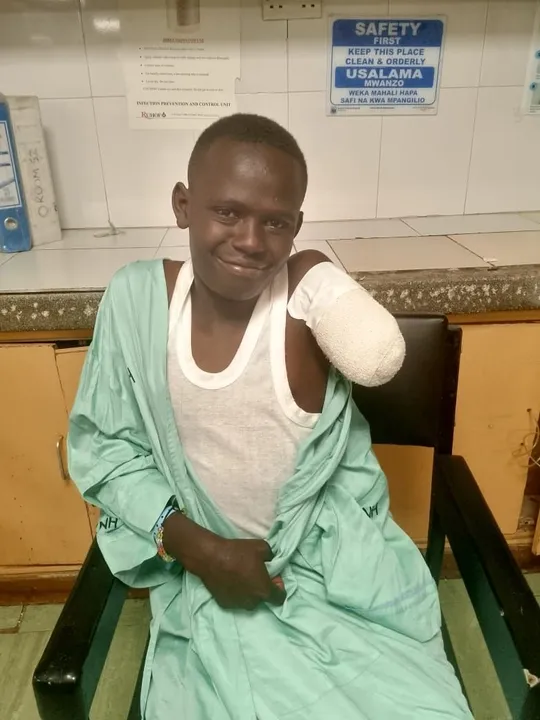
The process is expected to take between four and six months.
Once the sensory map is established, he will be ready for a special prosthesis with electrical sensors that can pick up nerve electrical impulses in the map and relay them to the robotic forearm/fingers for better and intuitive prosthetic control.
This will enable better prosthetic control and pain management, an outcome that fundamentally changes what is possible for amputees through plastic and reconstructive surgery.
With a new sense of optimism reminiscent of his enthusiasm as he ushered in the New Year, Moses is looking forward to living life again the way he wants to.
"Feeling my missing hand again after believing it was gone forever — that's not just medicine, that's magic," he tells TRT Afrika.
Comments
No comments Yet






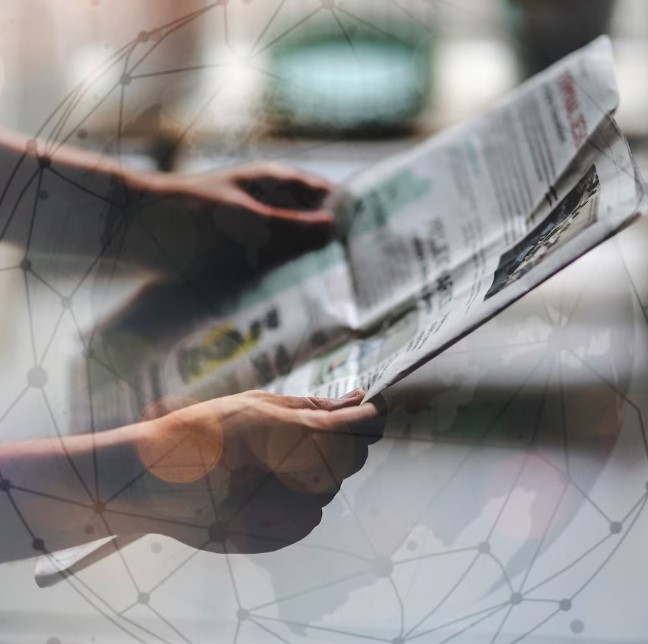

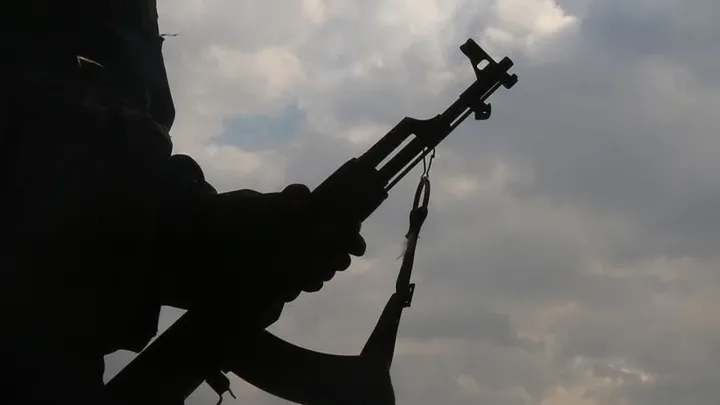
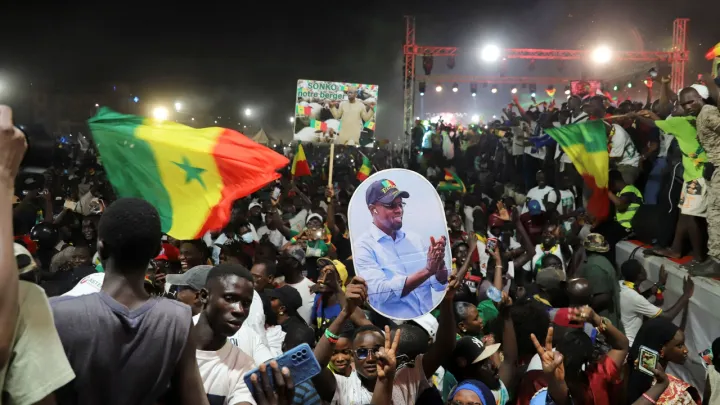
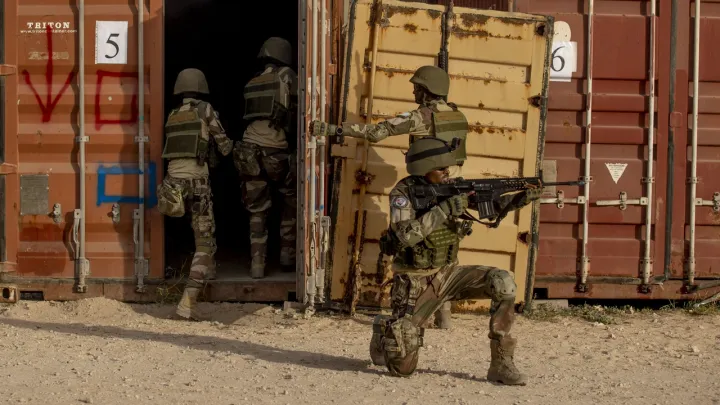
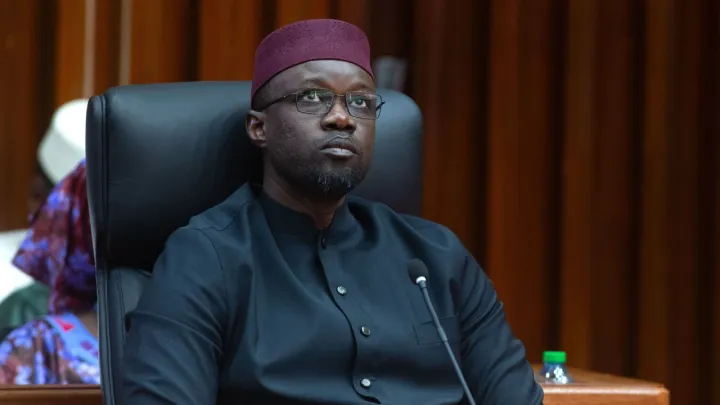


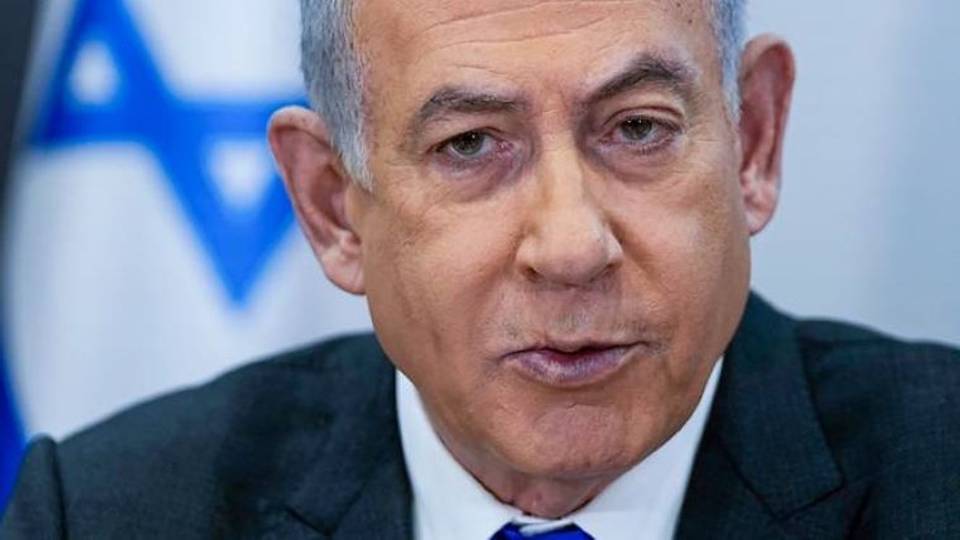
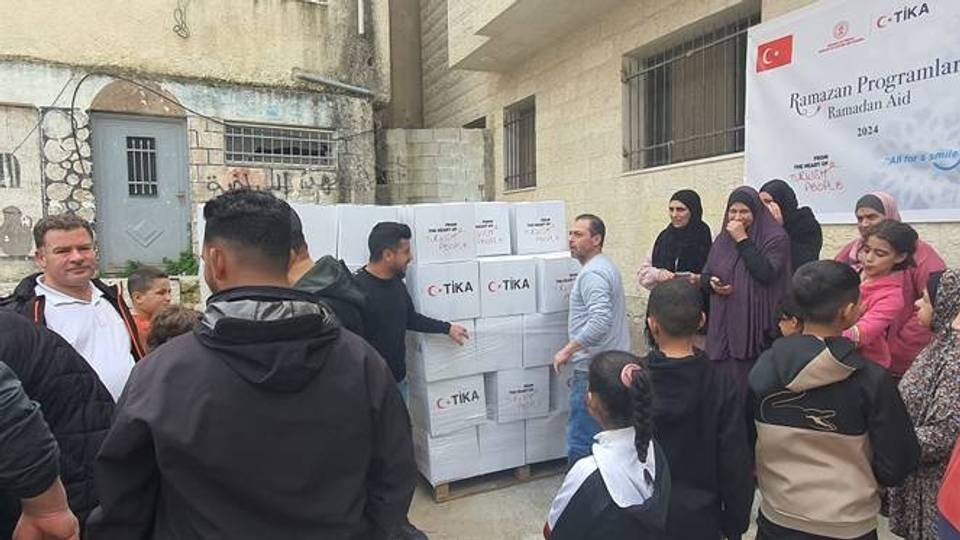
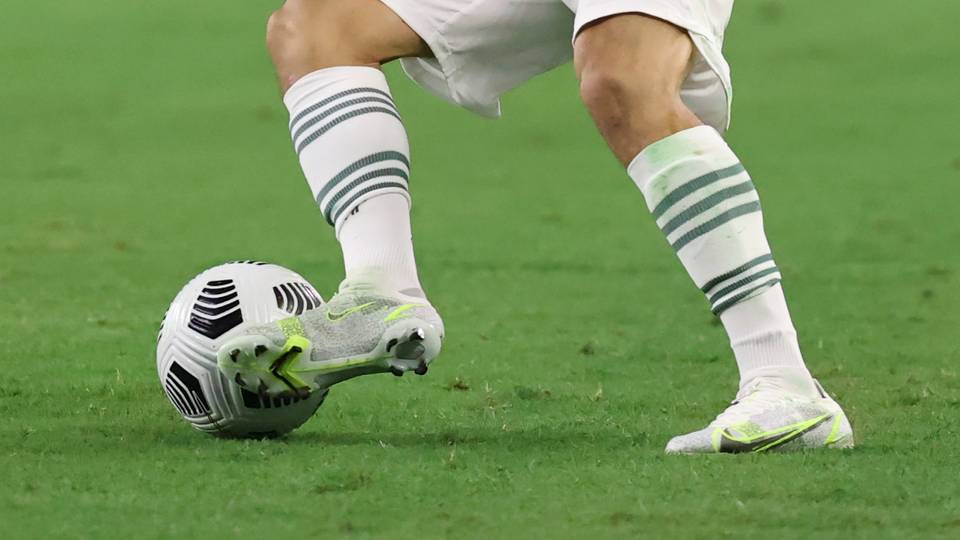



Comment